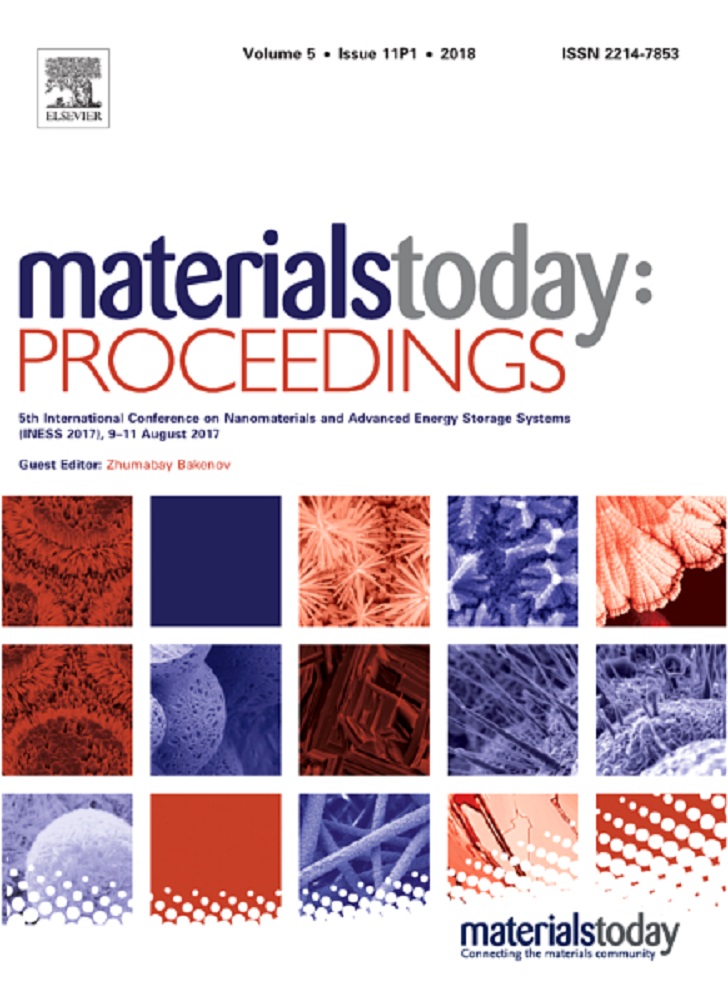
The research article 'Design and fusion deposit modelling of radial flow centrifugal pump' has been published in Elsevier journal Materials Today: Proceedings.
Abstract
Fusion Deposit Modeling (FDM) is a 3D Printing method which builds layer–by-layer of a component by the melting and deposition of plastic through the moving nozzle. Any complex shape which is not possible by convention fabrication technique can be fabricated using this technique. Moreover, this technique allow the innovator to develop the prototype much faster than the convention method.
The complex shape prototype that chosen in this work is the radial flow centrifugal pump and it is the most common and widely used kinetic energy pump. The digital model of the centrifugal pump was prepared using the solidworks. The different component of the centrifugal pump like impeller, casing, suction and shaft also modeled and assembled. The design details of the impeller of the pump and casing is arrived after careful design calculation and it is prepared in such a way to have more efficiency of converting energy in the impeller. The impeller blades, shape, number of blades are arrived based on the total head and discharge. These impeller, suction, casing and shaft all are fabricated by using the FDM of 3D printer using ABS Plastic. The design plays a major role in preparing the centrifugal pump impeller and other components. The fabricated component should be matched accurately while assembly. Moreover, the components fabricated using the rapid prototyping solve the purpose when compare to the other conventional methods. Moreover this FDM technique is successfully benefited in manufacturing light weight prototype, tooling and creating customized design. However, the quality of prototype developed through this technique is relatively lower than the other formative or subtractive technique. This challenges in this technique is addressed by analyzing the microscopic structure of the ABS plastic and presented in this paper.





